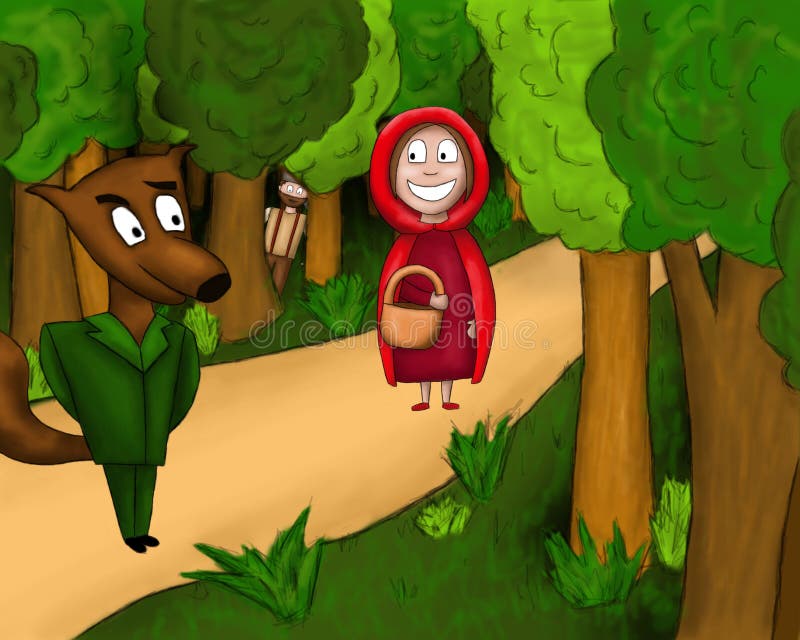

And you do that by being able to see the action yourself. To bring them along on this virtual journey, you must consciously choose where you are locating the decision maker in the action. You want them to travel with you on a virtual journey of your client’s experience. You want the decision makers to be in your client’s shoes. And this is especially true of the legal story. The screenwriter, Robert McKee, tells us in his book, Story, that each scene of a story depends on our imagination to locate us in the time and space of the story. The jurors will write the end of the story be certain the story you tell to them closely resembles your client’s experience and leads to the ending you want them to write. Who tells the story and how it is told are critical issues for you to decide. They end up by telling a story that explains the events of your client’s case in familiar terms with key words and messages that define the events from their point-of-view. Next, they create a parallel form of social judgment that anchors legal questions in everyday understanding. Using their experience or world view, they filter out information that does not coincide with what they have come to expect and believe of the world, leaving behind the information that does.

How do they do this? They organize and sort out complex legal information, especially conflicting information, into meaningful structures that make sense. The decision makers - jurors - attend to your client’s particular story within the larger story of their universal experience. When a story directs our attention and judgment to certain key ideas, choices or behaviors, it helps us understand the significance of the choices made by the parties in the case. We understand what comes to us in a story that mimics our life experiences, our world views. And, as your opponent has discovered, different stories can be created from the same set of facts. However, it is the personal, emotional and conflicting aspects of your client’s particular case which create the compelling story from those facts. Clearly, facts are necessary to build the story. And many of us continued writing this way through the state bar exam and on into our practices.įactual structure and linear thinking fall far short of embracing the emotionally complex problems presented by our clients. Remember learning to brief your cases using the IRAC formula? We were taught to structure each brief according to a precise order: Issue, Rule, Analysis and Conclusion. Law school taught us to depend on facts and structure and linear thinking. We hope that the decision maker writes the ending we want to the story we’ve told because our stack of facts towers over our opponent’s stack.īut what if the wolf was framed? What if there is another way to tell the story? And what if that approach gives you, the skillful lawyer, an advantage over the old way? We stack up the facts and hope that the lawyer with the most facts wins. We begin at the beginning and end at the end.

Often we tell our clients’ stories pretty much the same way each time. Why? Maybe it’s because, over generations, we have told this tale pretty much the same way each time. (It’s not by accident that men who prey on women are called “wolves.”) Decades later, helicopters swoop down clattering from the sky, a shotgun aimed to fire at the moving target loping across the snow. So, it’s no surprise that the Brothers Grimm chose this creature as the metaphor to make sure children understood what form danger took. Then, like now, the wolf was seen as an animal to be feared and destroyed. The Brothers Grimm wrote it to warn children, especially little girls, about whom to avoid. The story of Little Red Riding Hood is a cautionary tale.


 0 kommentar(er)
0 kommentar(er)
